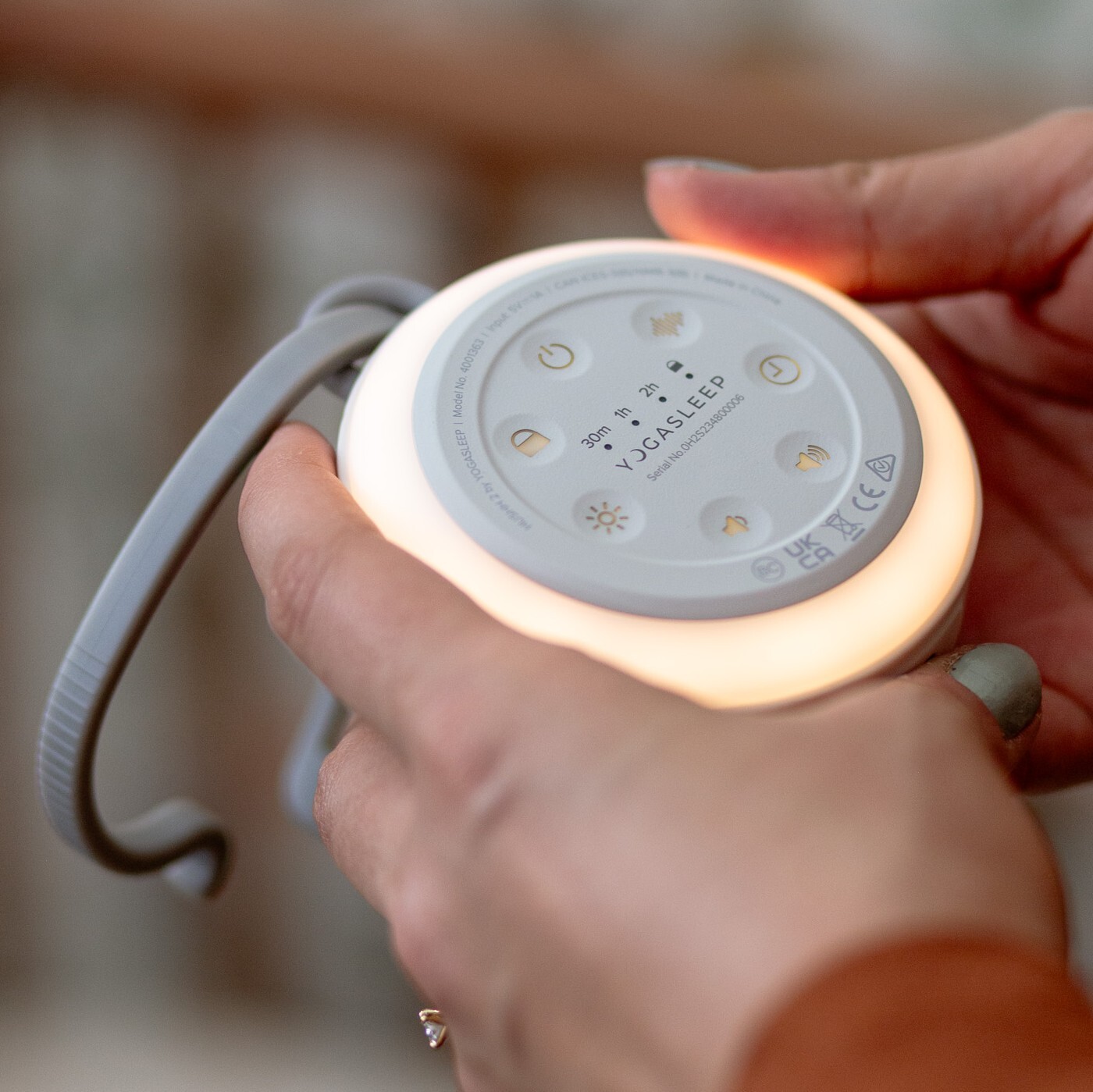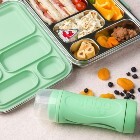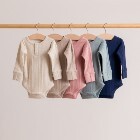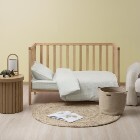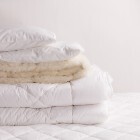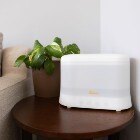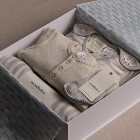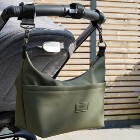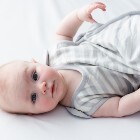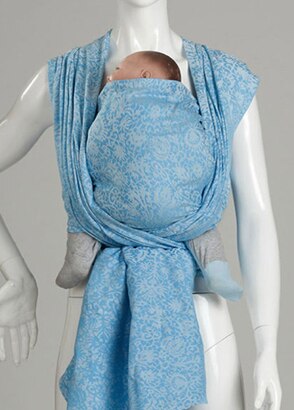An increasingly popular way to carry your baby is using a woven wrap, In Europe now, woven wraps are as popular as soft structured carriers such as Tula and ergobaby.
The Sleep Store has a fantastic range of beautiful wraps from leading brands, so here's some information to help you choose the right wrap, learn how to use it and why a wrap might be the best option for you...
Why choose a woven wrap?
Woven Wraps are a traditional way to carry your baby. A bit like the enjoyment some parents get from traditional swaddling, there is satisfaction in a woven wrap done well.
Wraps are very versatile, There are more than a dozen ways you can tie a woven wrap, from a simple front wrap cross carry to more complex double hammock back carries and many many more. Of all the carriers available, a woven wrap offers the most options.
A woven wrap can be used from newborn to toddler and beyond. Some are lighter and thinner, and perhaps better suited to babies rather than preschoolers, but most wraps can be used for a very wide age range, which means you get good value for your wrap, even if they may seem pricey when you first start looking at wraps.
Woven wraps are absolutely beautiful! Many parents choose a woven wrap for the look of the fabric or are attracted to the range of options wraps offer compared to more boring soft structured carriers.
Woven wraps are comfortable!
Wraps, like a comfortable soft structured carrier or stretchy wrap, enable you to get on with your day. They enable you to cuddle your baby or toddler close when they need it, or when you want to give them lots of cuddles as you get dinner ready, play with your other children , deal with the washing, do some work, help baby get to sleep, take the other children to school, kindy or Playcentre...




